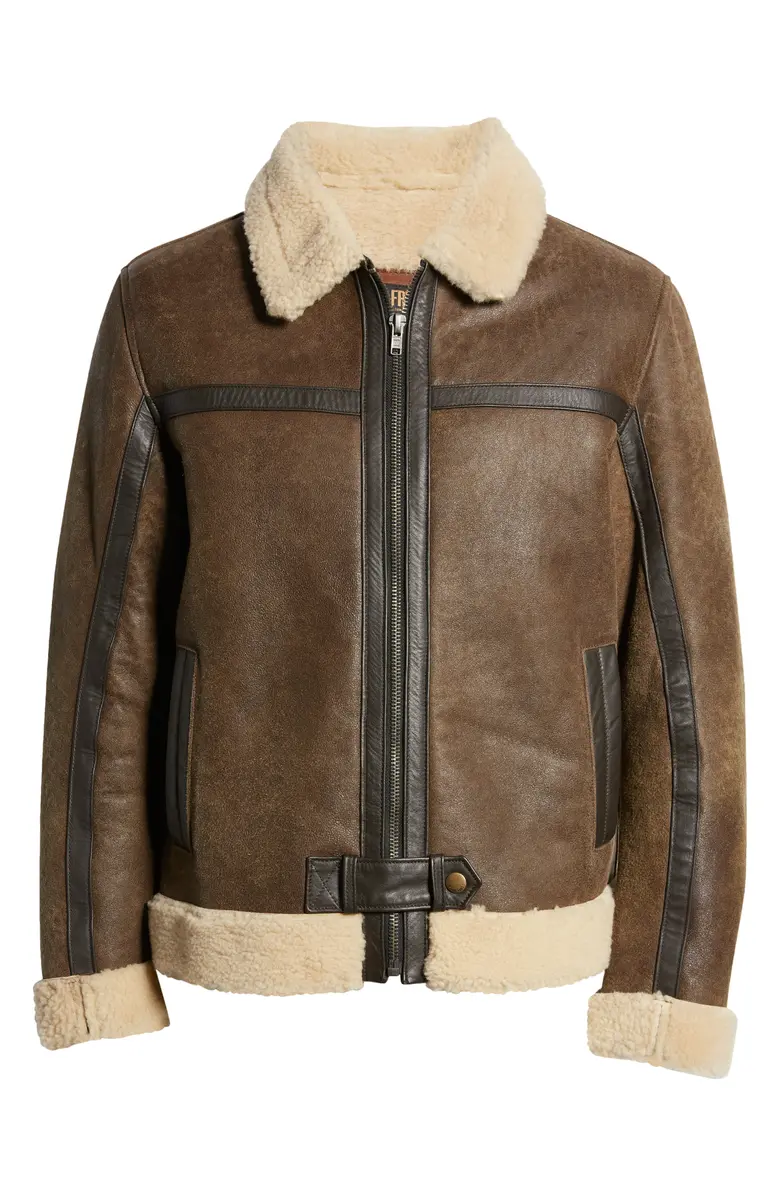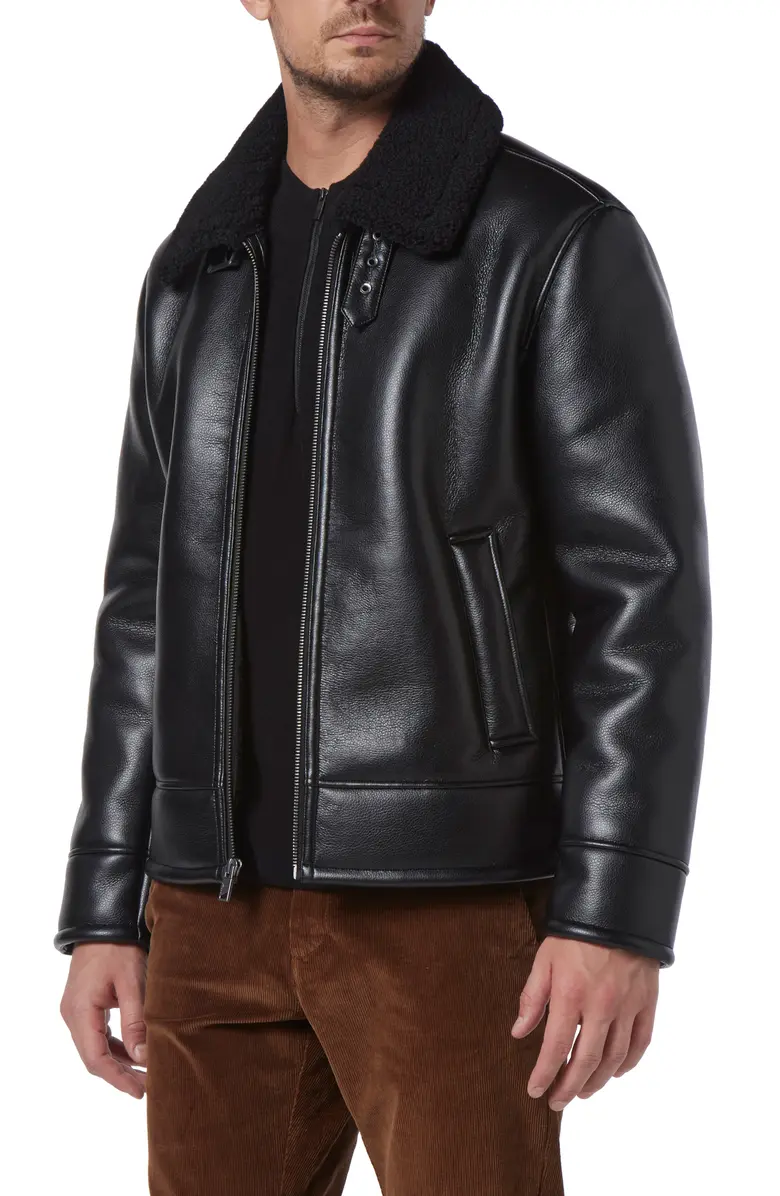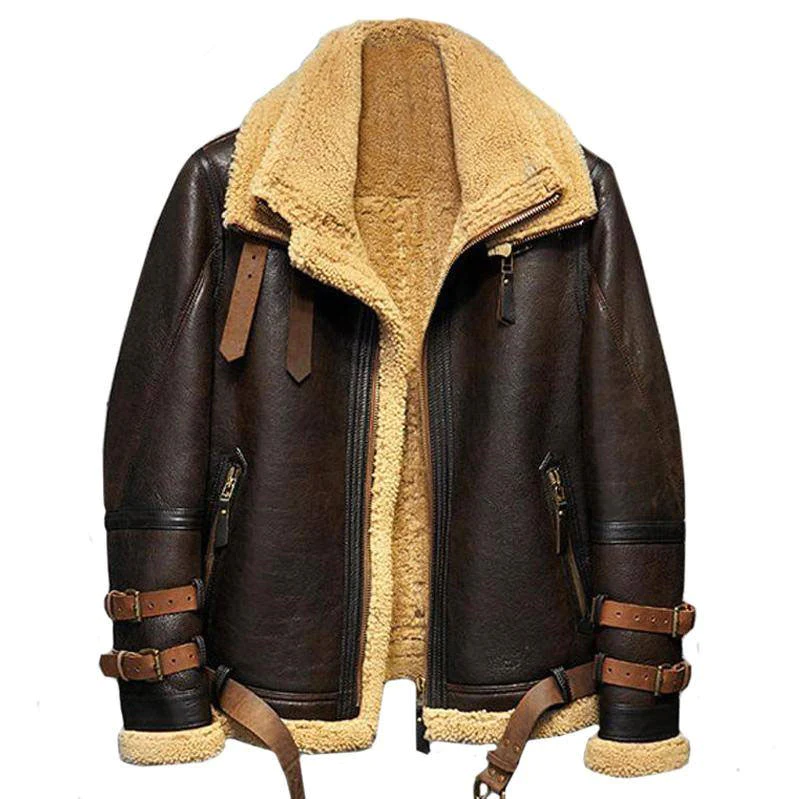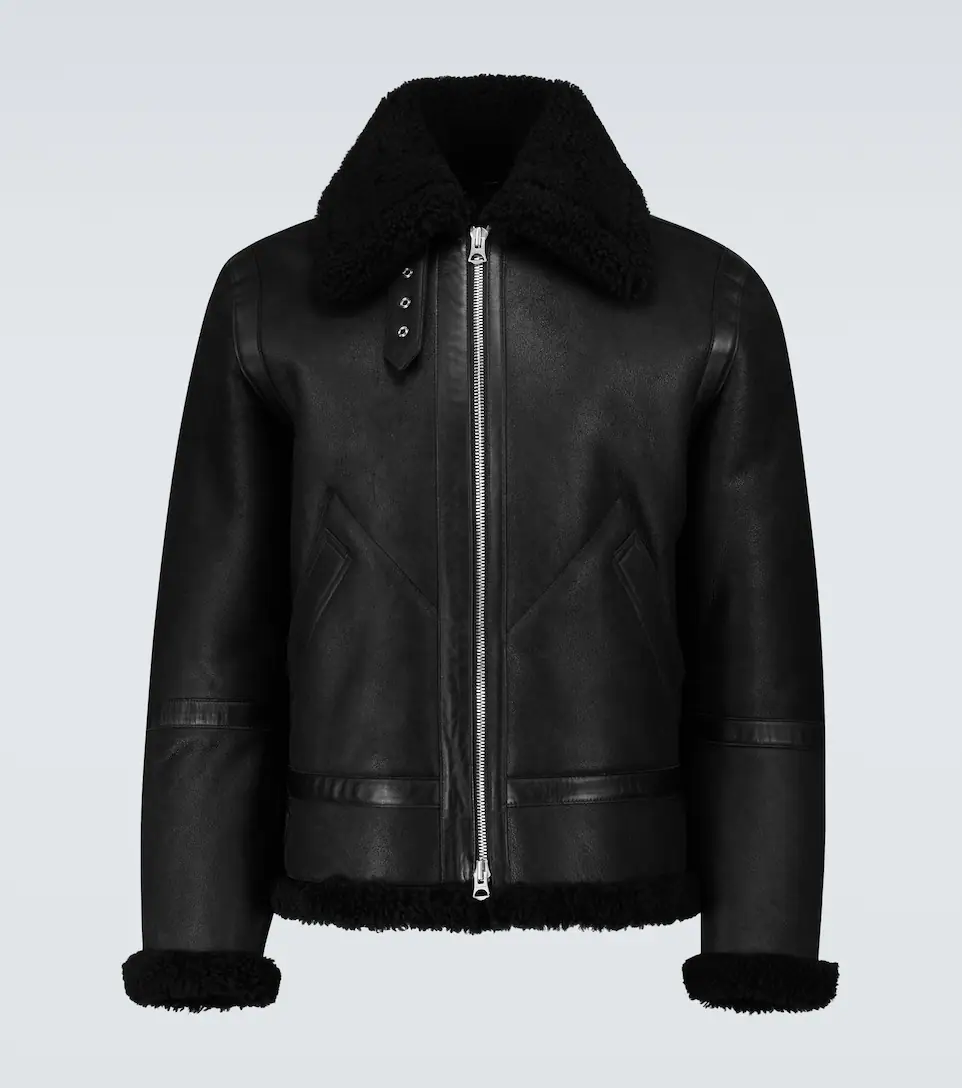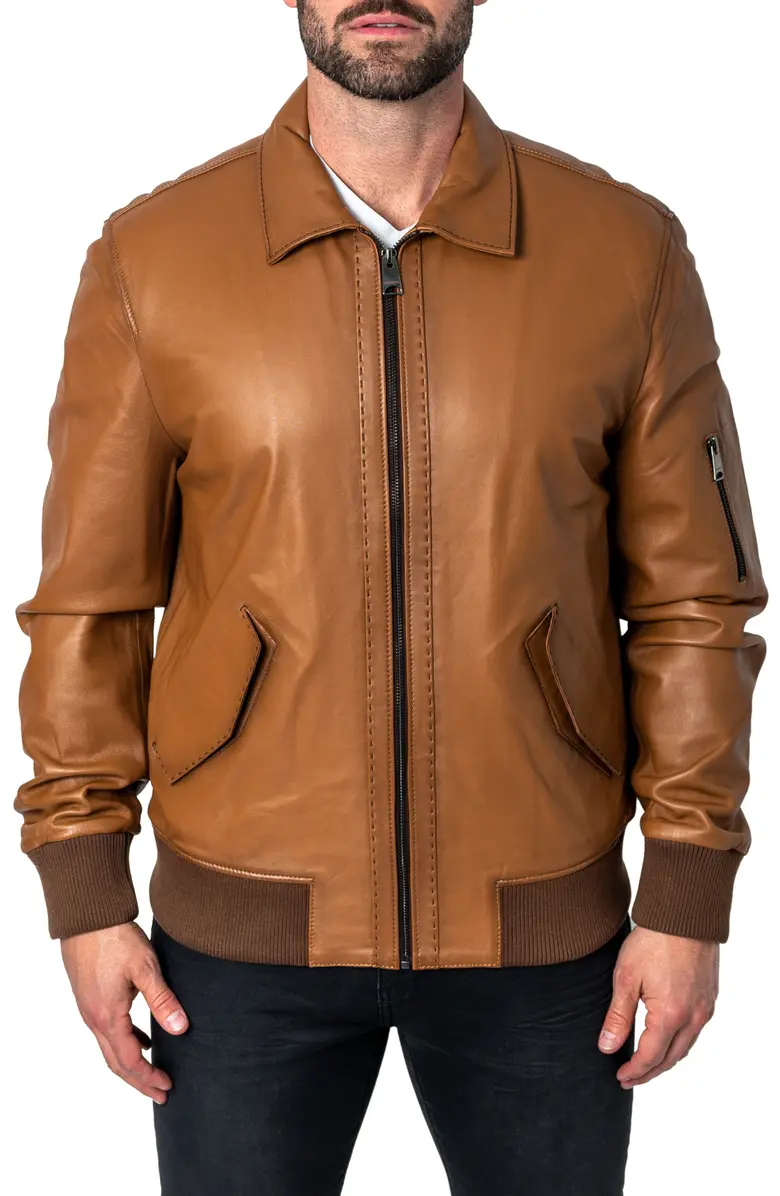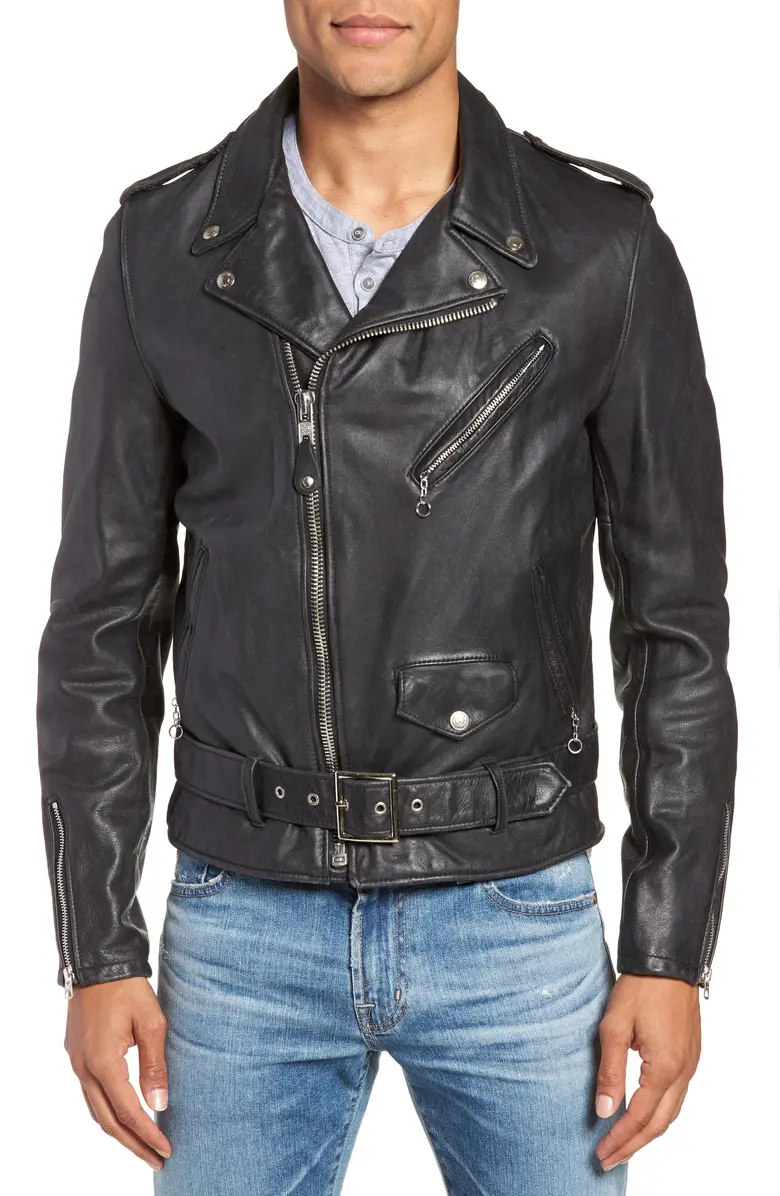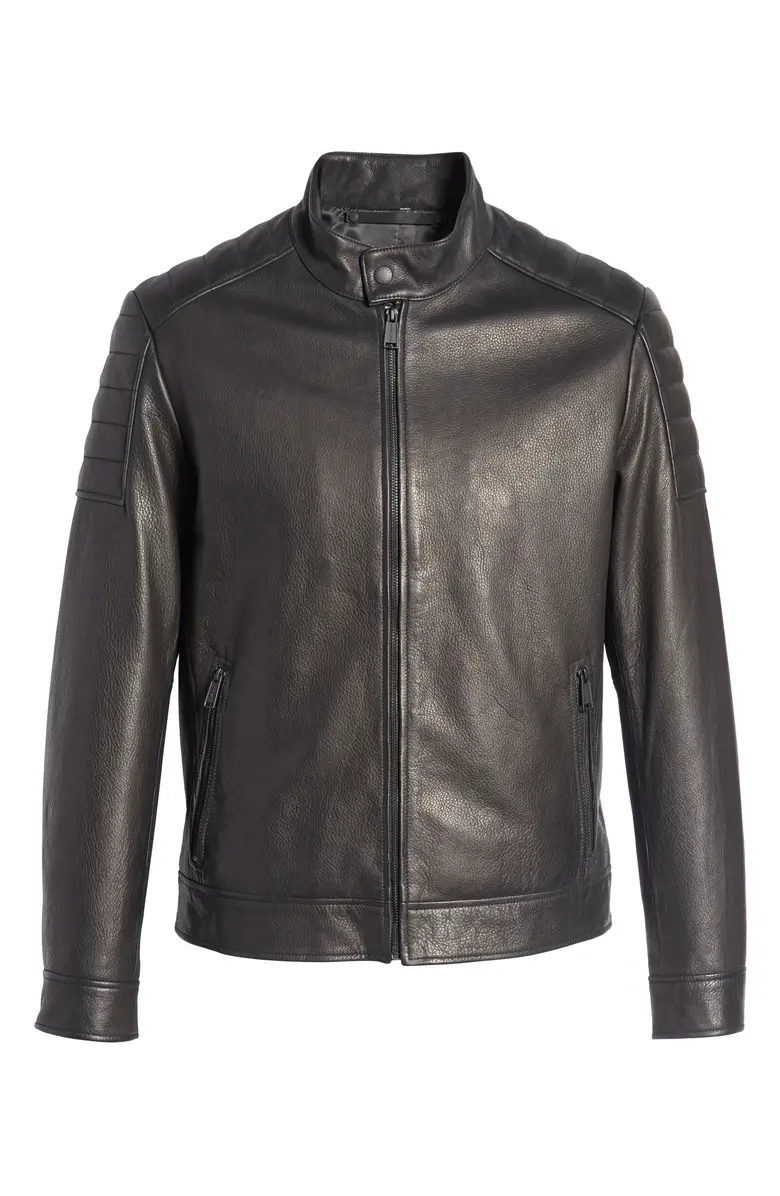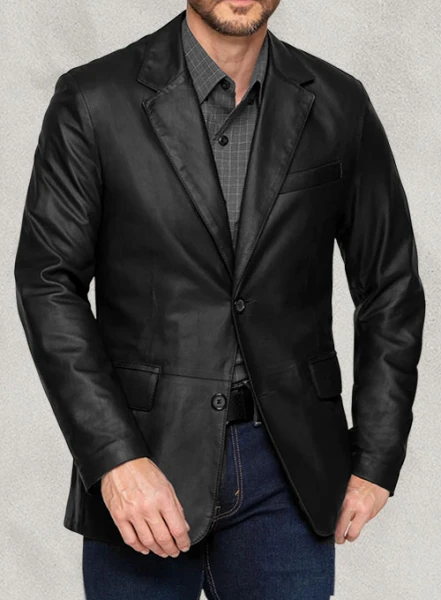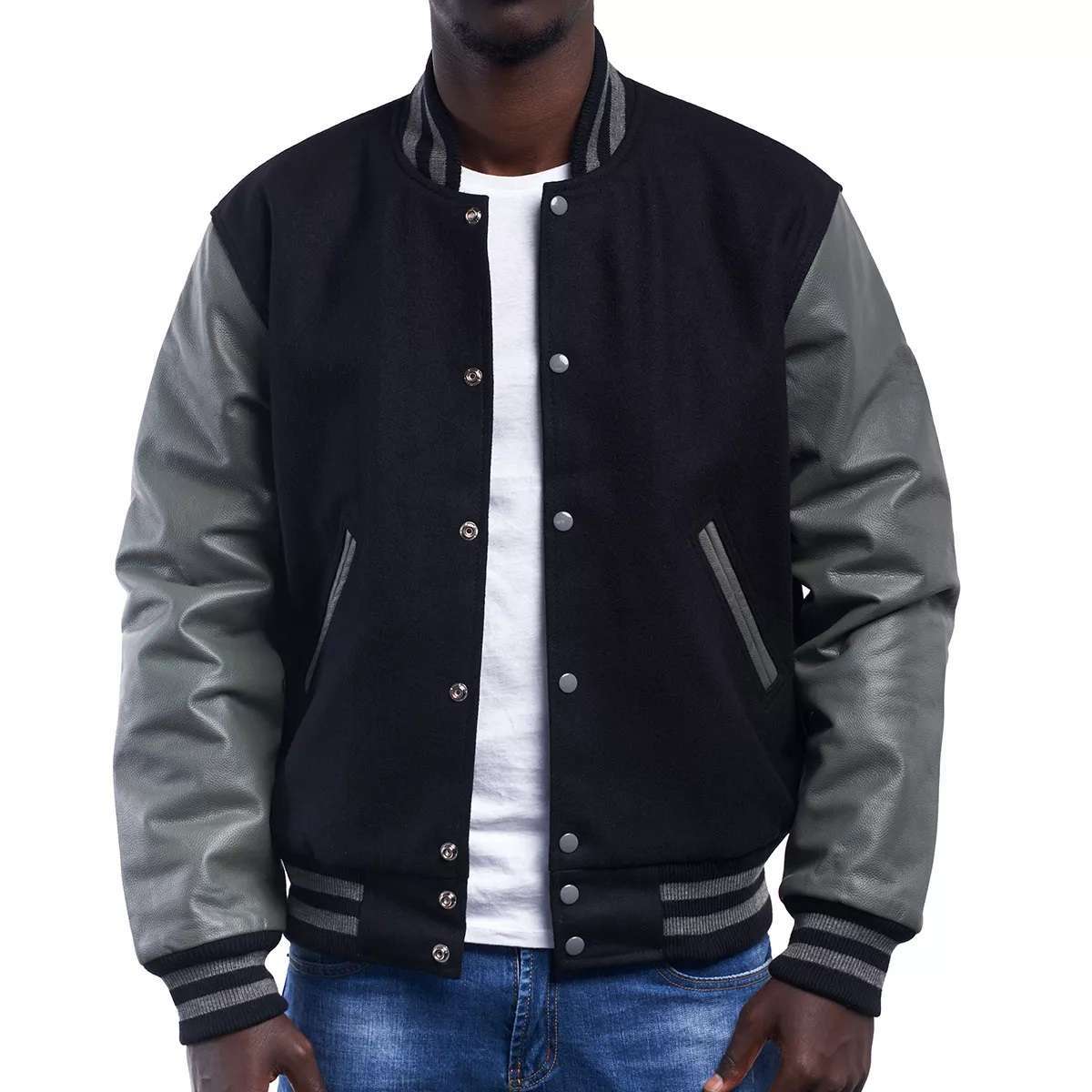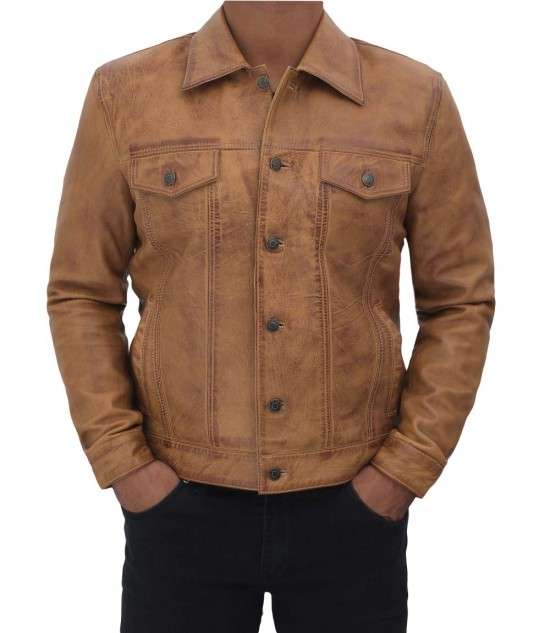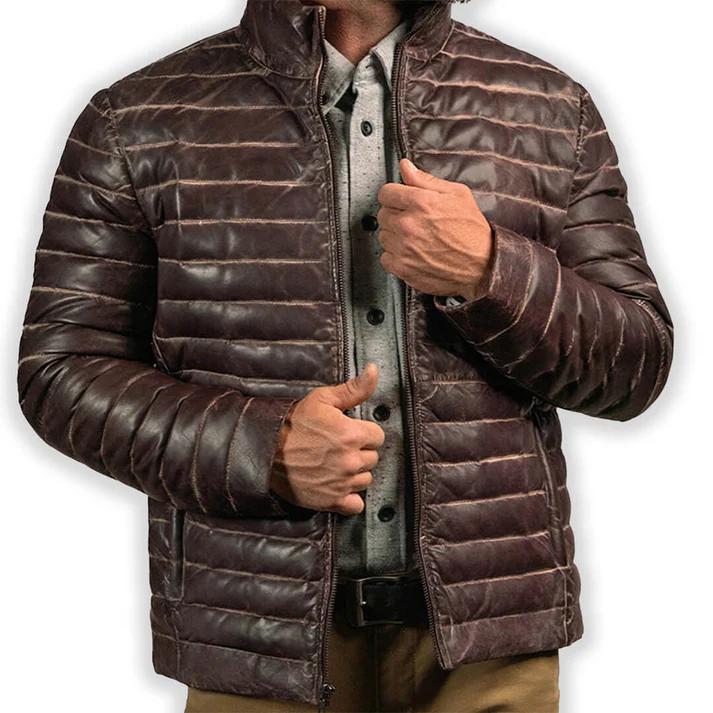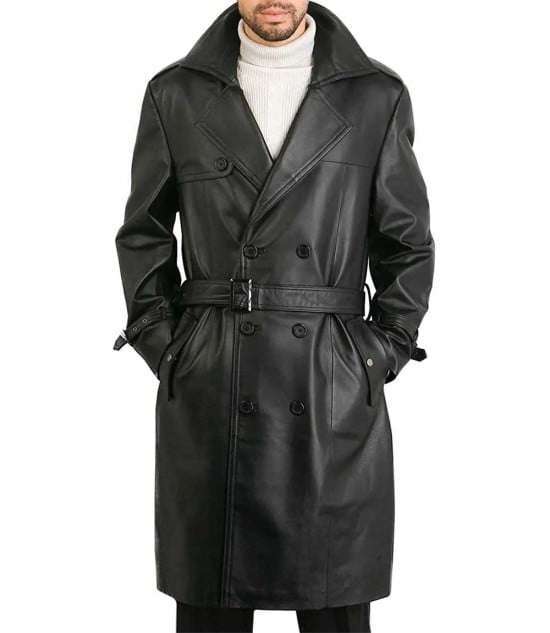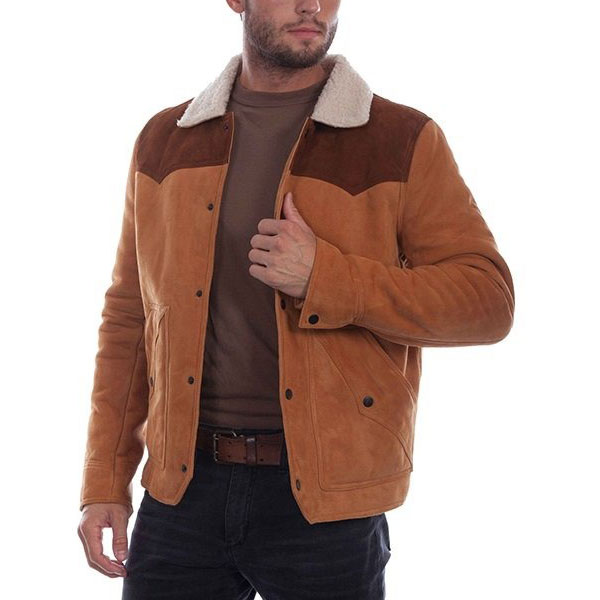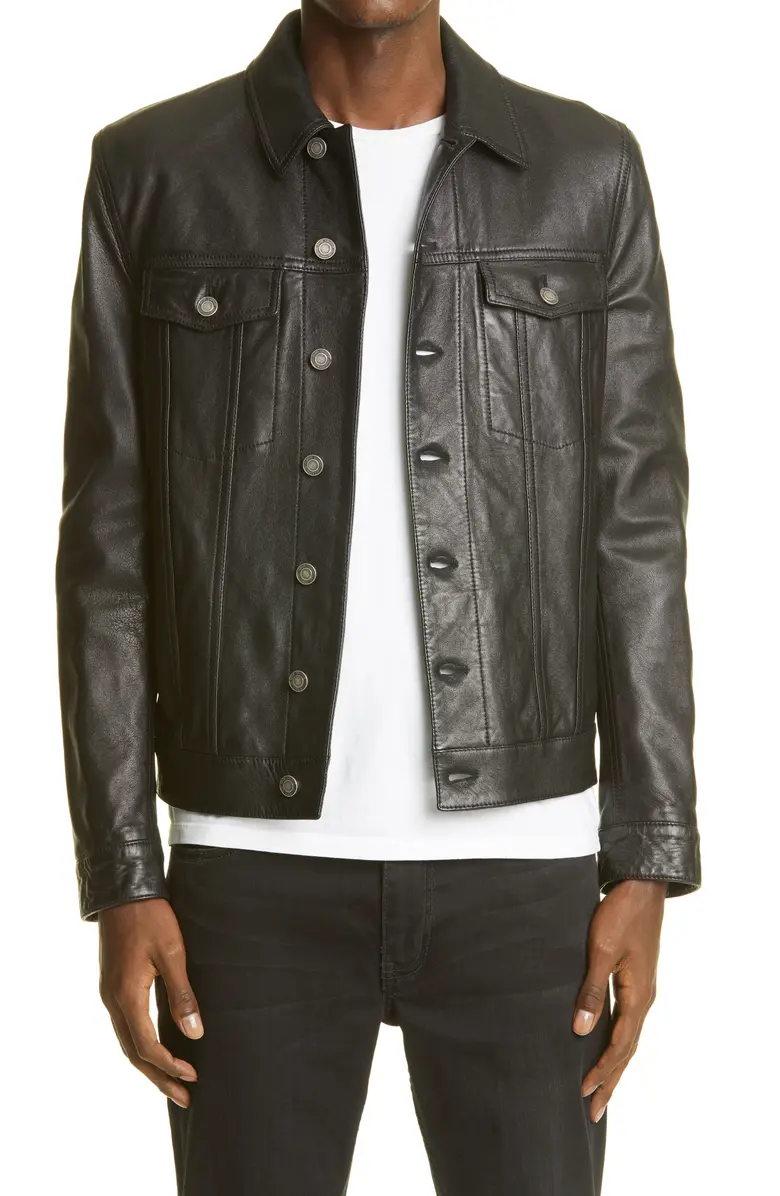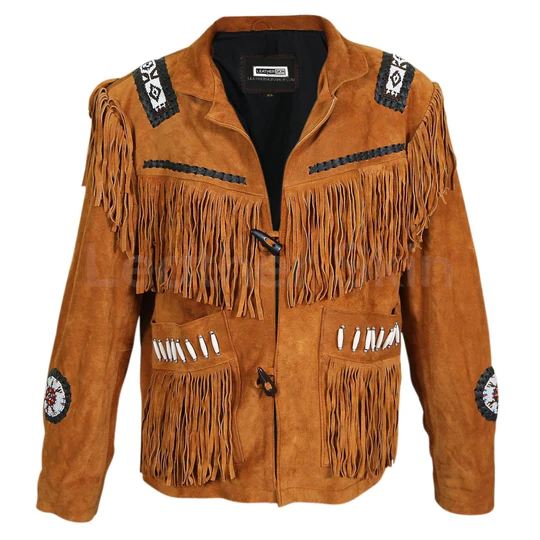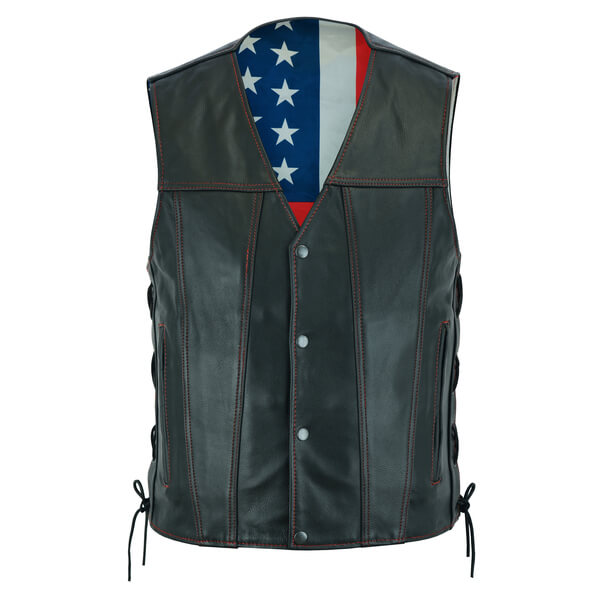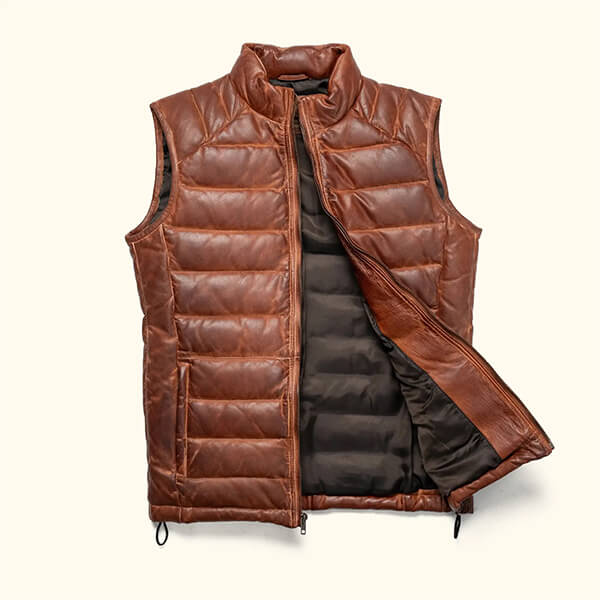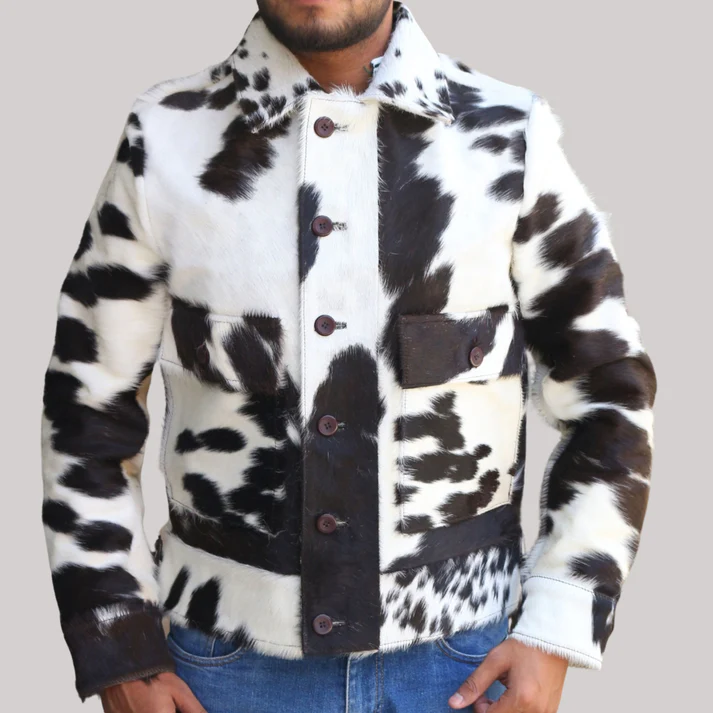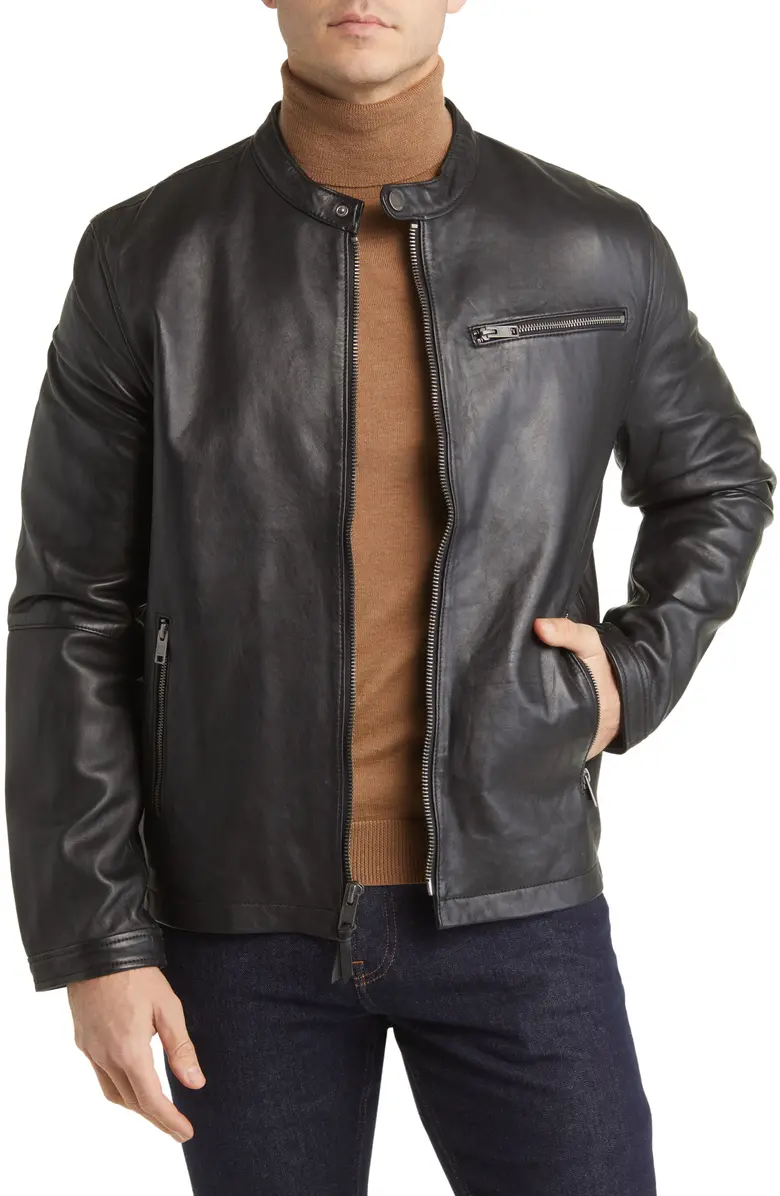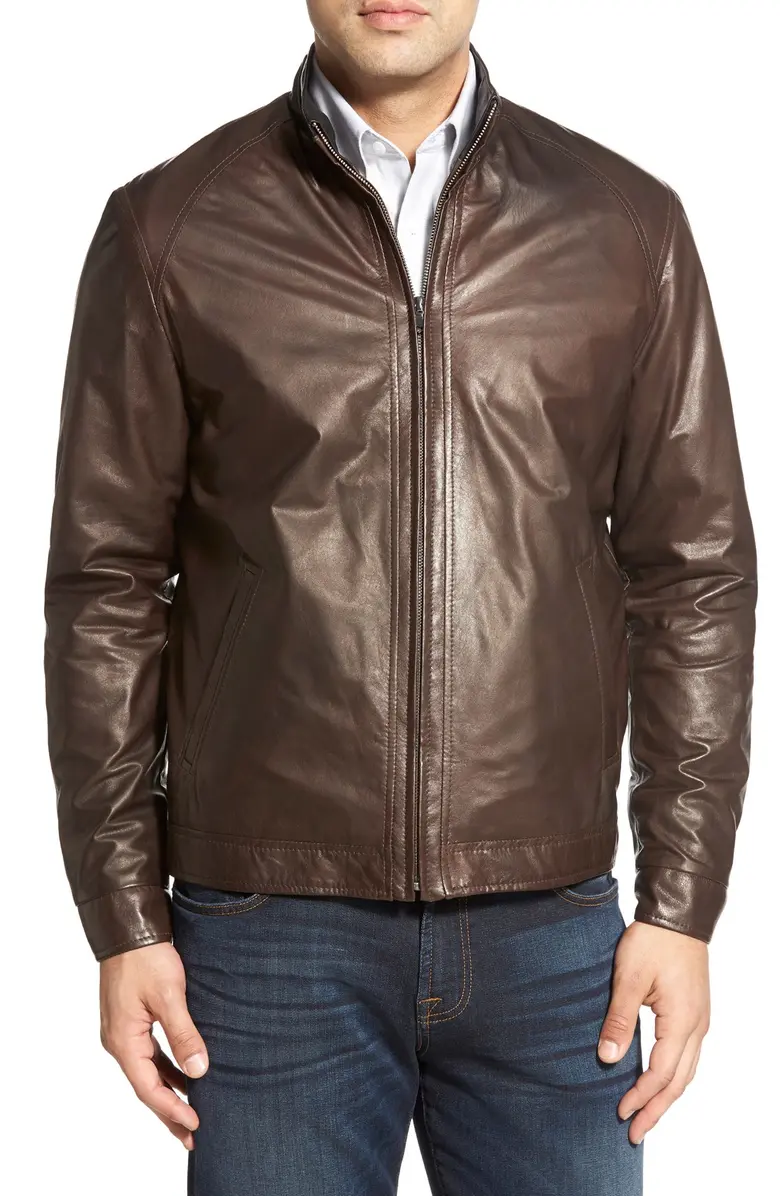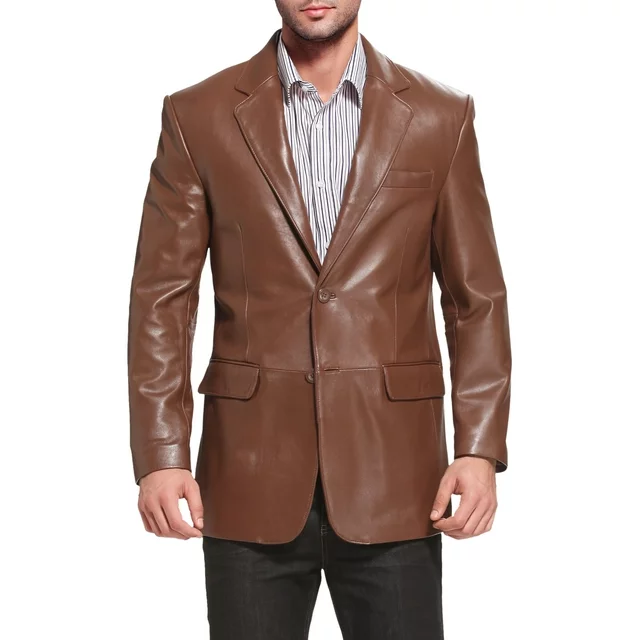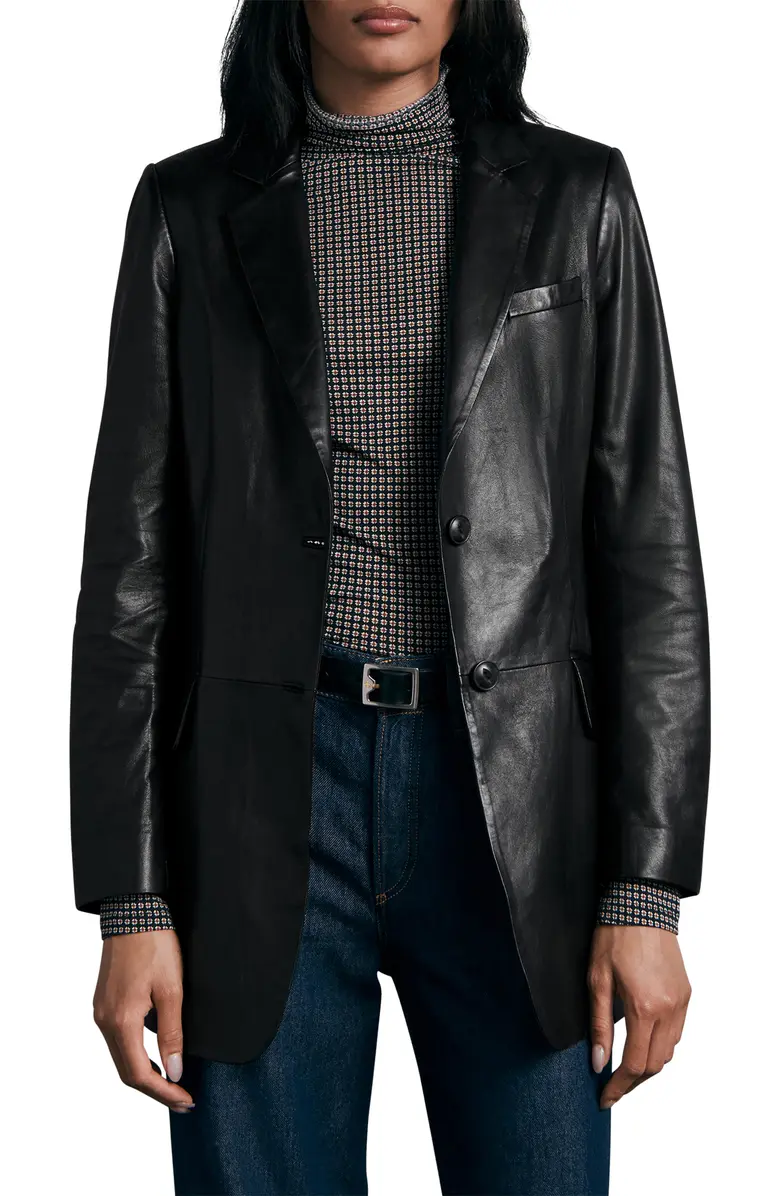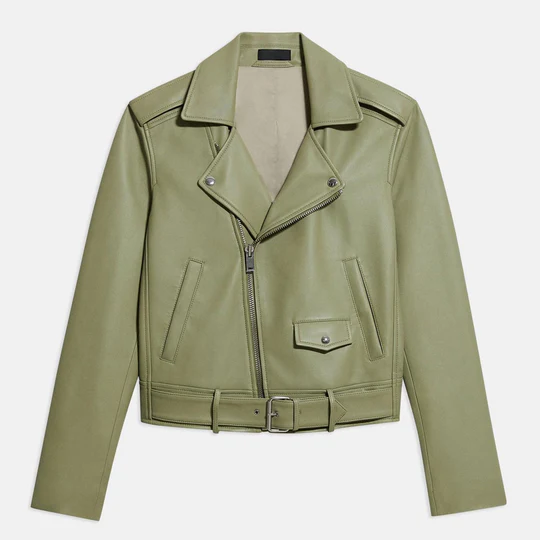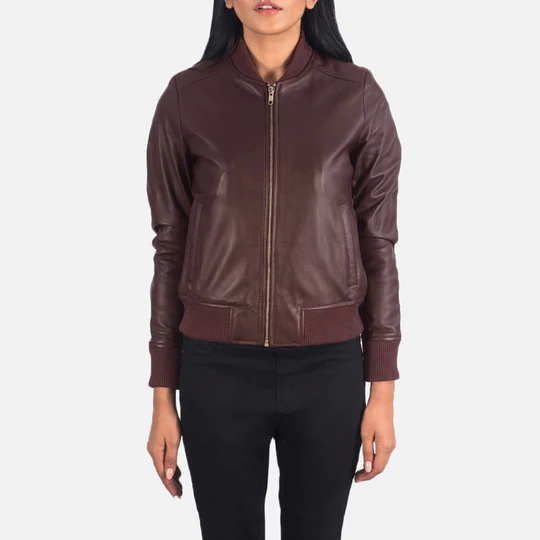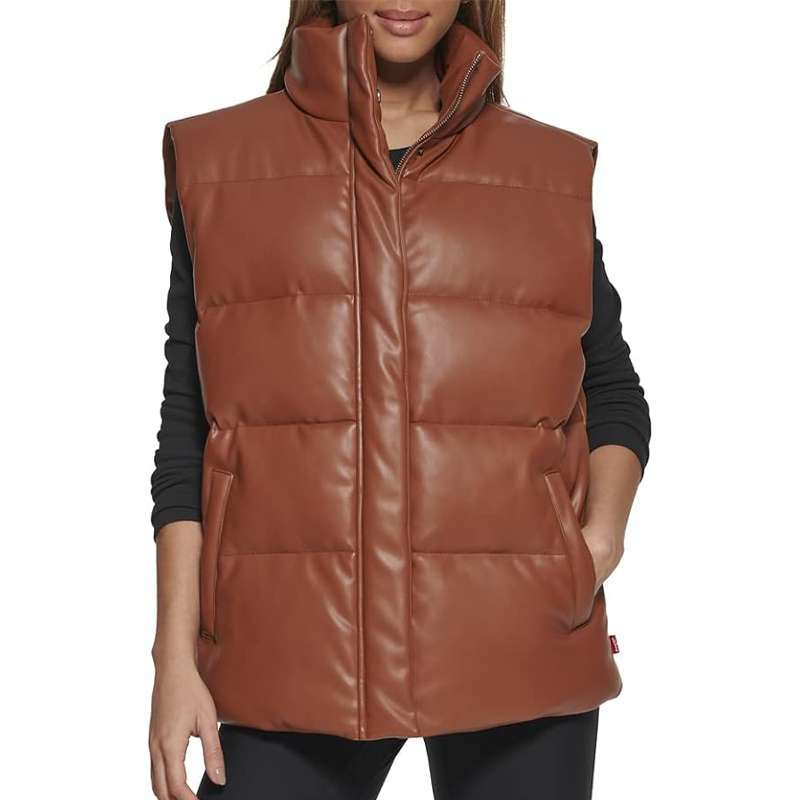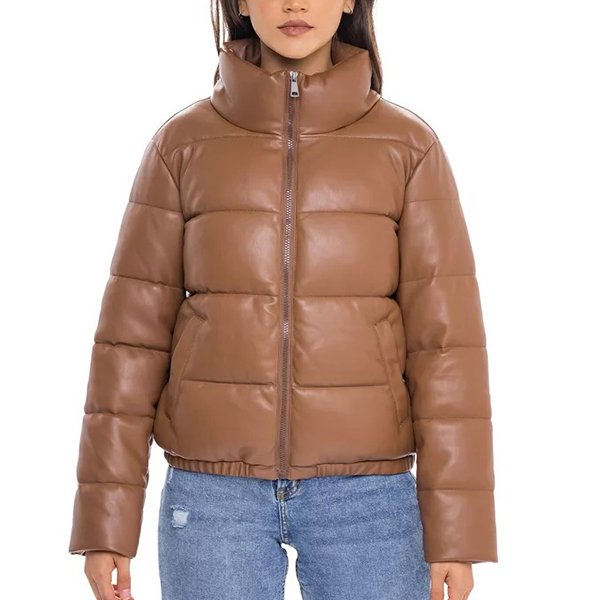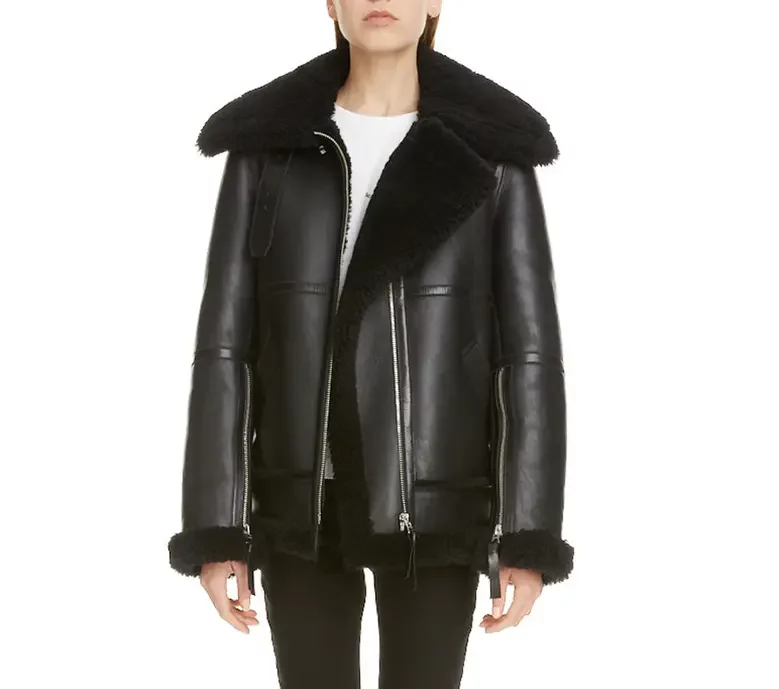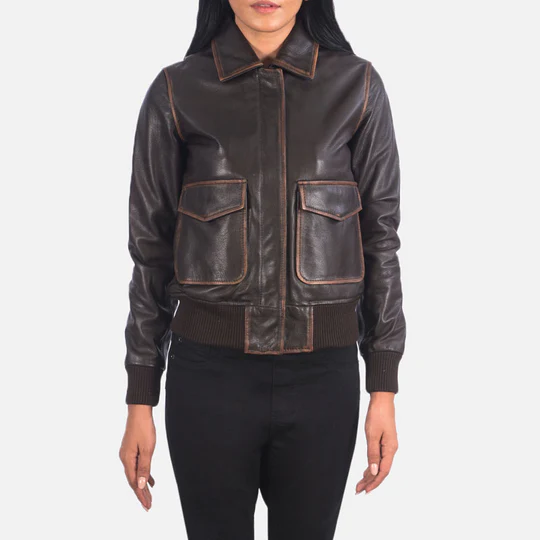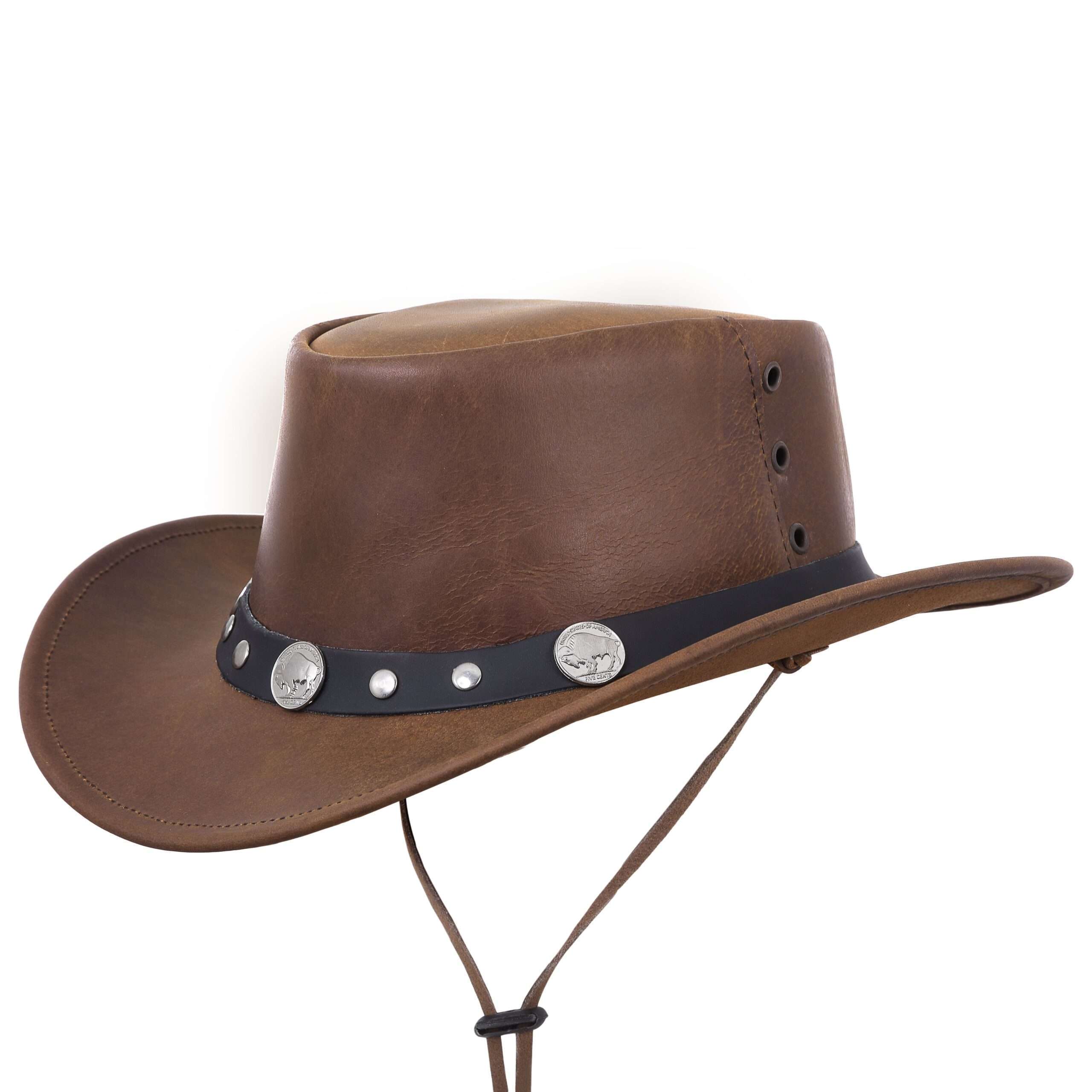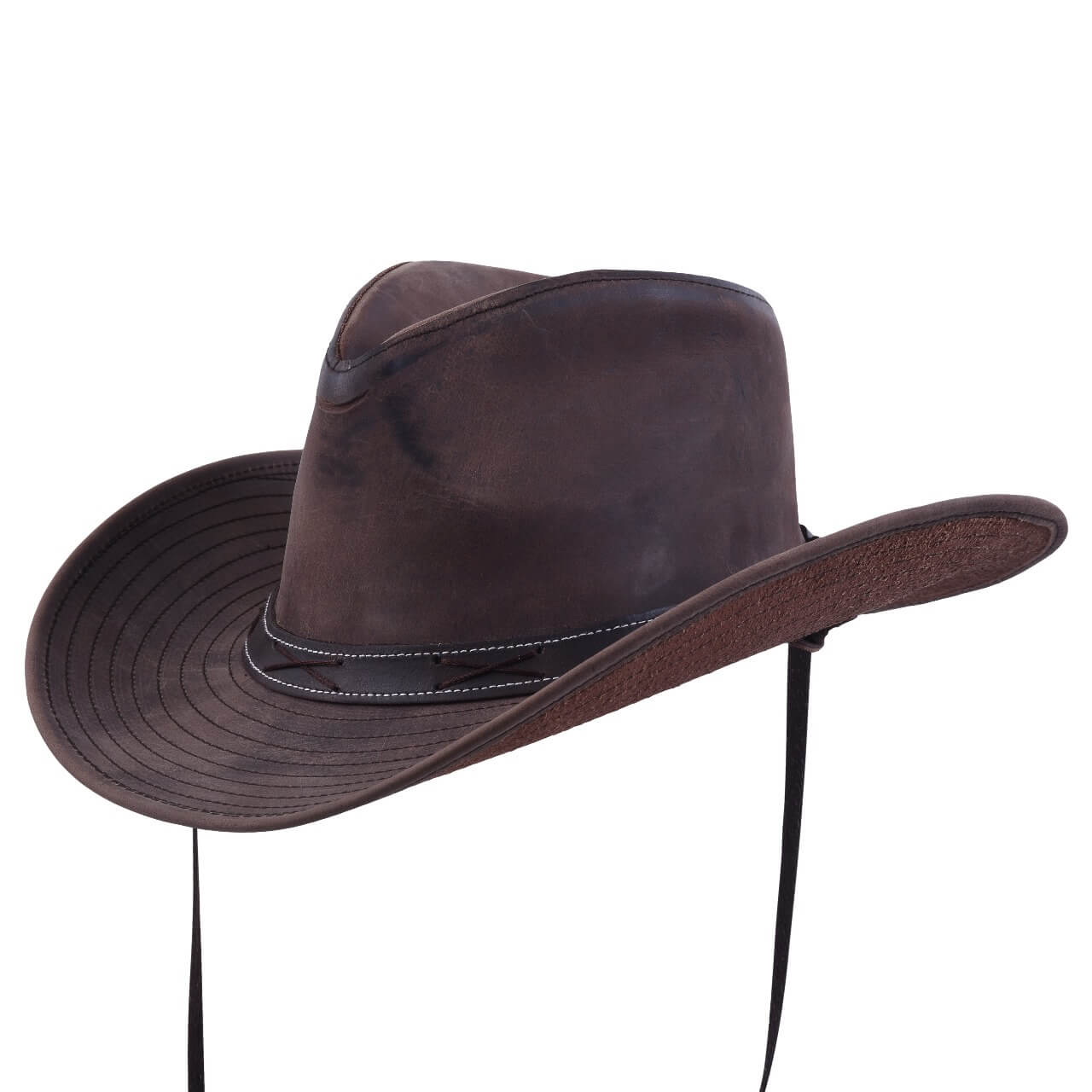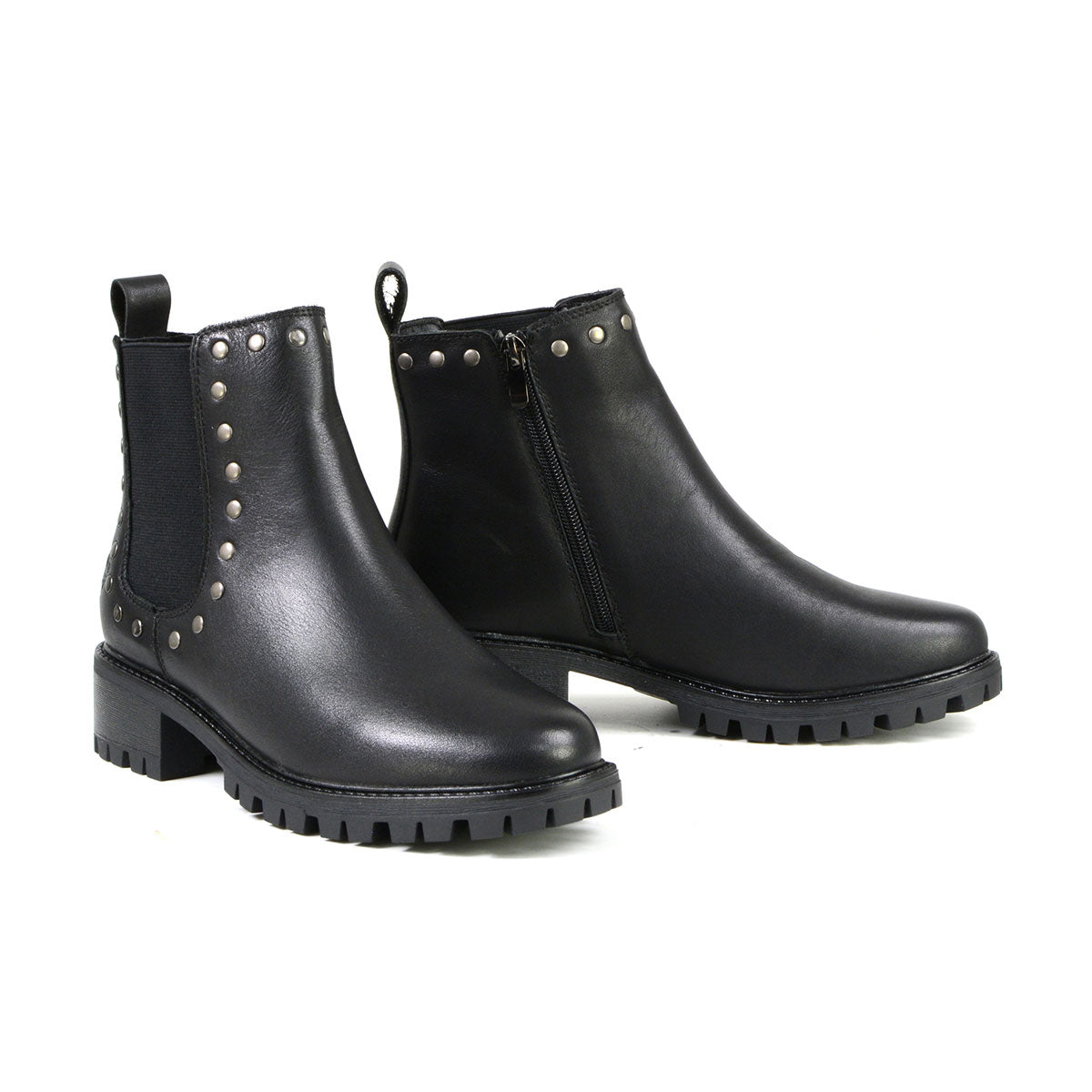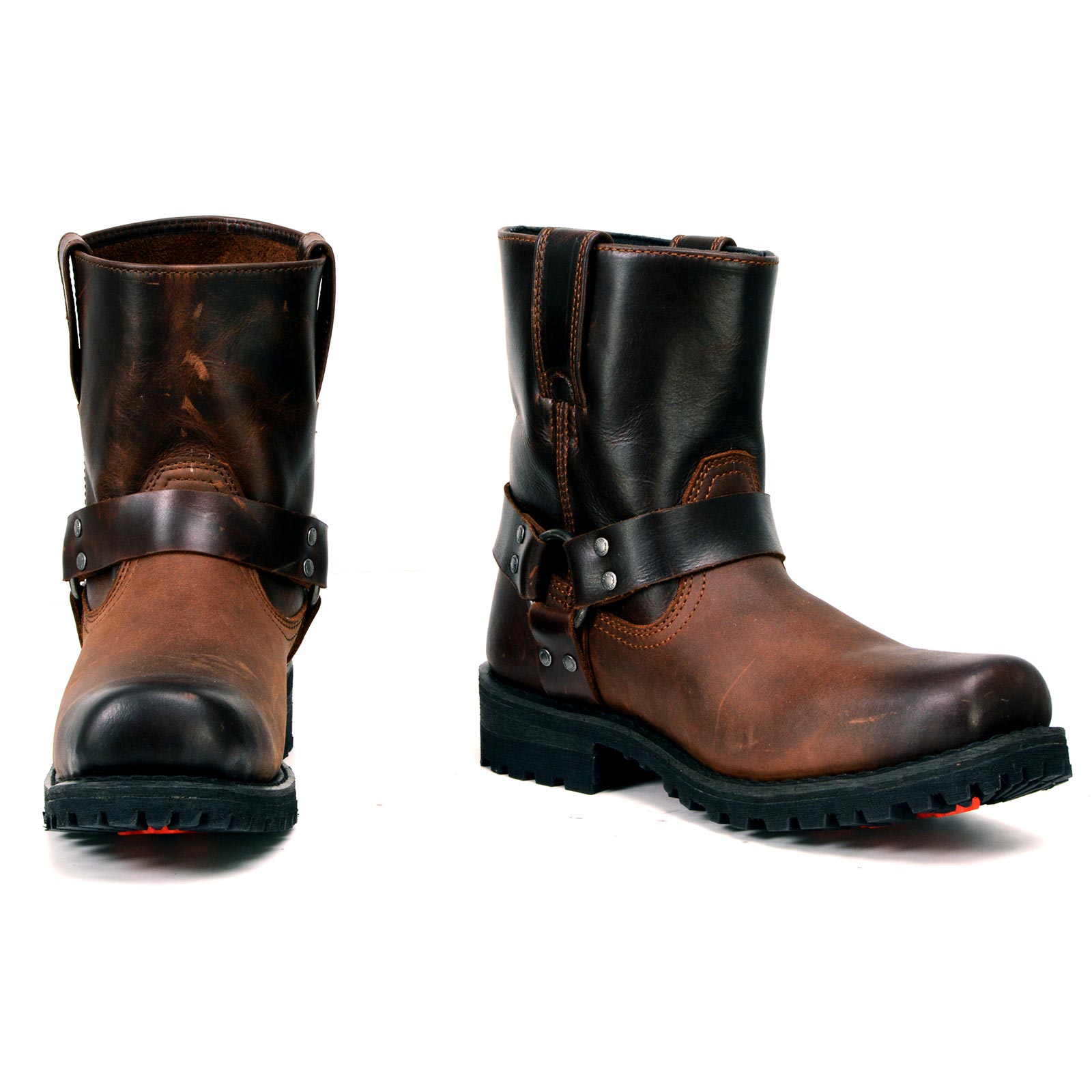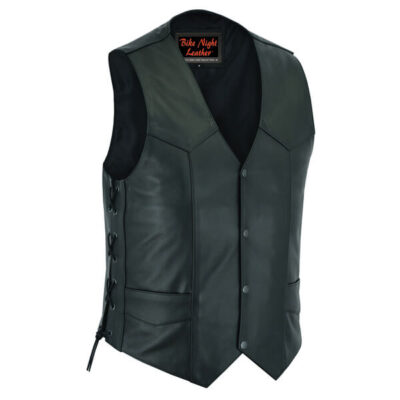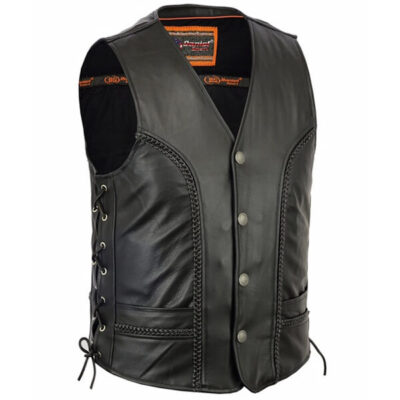Western vests have long been an iconic piece of clothing, embodying a rugged, adventurous spirit that resonates with individuals across the globe. In this comprehensive guide, we delve into the historical evolution of Western vests and explore the importance of proper fit in enhancing both style and functionality.
Origins and Development
The history of Western vests traces back to the 19th century in the American West, where they were originally designed for practicality and protection. Cowboys and frontiersmen needed a garment that provided warmth during chilly nights around the campfire while allowing freedom of movement during long days on horseback.
Early Western vests were often crafted from durable materials such as leather or wool, reflecting the rugged lifestyle of those who wore them. Simple in design yet robust in construction, these vests became a staple in the wardrobe of cowboys, miners, and other frontier settlers.
Importance of Proper Fit
One of the key aspects of Men’s Western vests is ensuring a proper fit that allows for optimal comfort and mobility. Ill-fitting vests can restrict movement and cause discomfort, detracting from the wearer’s experience and overall enjoyment.
When selecting a Western vest, it is essential to consider factors such as chest and waist measurements to ensure a snug yet comfortable fit. Additionally, attention should be paid to the length of the vest, as an excessively long or short garment can disrupt the overall proportions of the outfit.
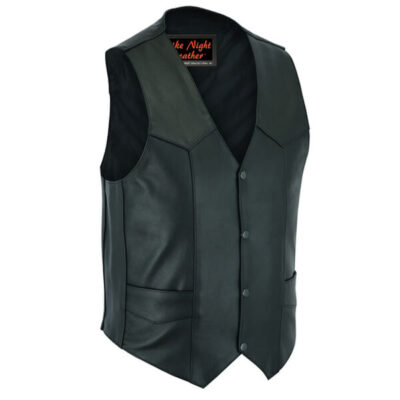
Anatomy of a Western Vest
Western vests, with their timeless appeal and versatile nature, boast a distinct anatomy that sets them apart from other garments. In this section, we dissect the components and styles of Western vests, as well as delve into the key features essential for achieving the perfect fit.
Components and Styles
Fabric and Material
Western vests are typically crafted from a variety of materials, each offering unique characteristics in terms of durability, comfort, and style. Traditional options include leather, denim, and wool, which provide ruggedness and authenticity reminiscent of the Old West.
In recent years, modern fabrics such as cotton blends, polyester, and even performance textiles have emerged, offering enhanced breathability, moisture-wicking properties, and ease of care. These innovative materials cater to contemporary lifestyles while maintaining the classic appeal of Western vests.
Design and Construction
The design of Western vests varies widely, ranging from simple, utilitarian styles to elaborate, embellished creations. Classic designs feature button-down fronts, V-necklines, and welt pockets, while decorative elements such as contrast stitching, embroidery, and concho accents add visual interest and flair.
Additionally, Western vests may incorporate functional details such as adjustable back straps, side pockets, and inner lining for added comfort and versatility. These design elements not only enhance the aesthetic appeal but also contribute to the overall functionality and wearability of the garment.
Silhouette and Fit
When it comes to silhouette, Western vests offer a tailored yet relaxed look that complements a variety of body types. The waistline is often cinched for a flattering shape, while the armholes are strategically positioned to allow for ease of movement without sacrificing style.
In terms of fit, Western vests are available in a range of sizes and cuts to accommodate diverse preferences and proportions. Whether opting for a slim, contemporary fit or a more relaxed, traditional silhouette, individuals can find a vest that accentuates their physique and personal style.
Determining the Right Size
Ensuring the perfect fit of a Western vest begins with determining the right size for your body type and preferences. In this section, we provide comprehensive guidelines for measuring and decoding sizing charts to help you find the ideal fit for your next Western vest.
a. Measurement Guidelines
Chest Measurement
The first step in determining your size for a Western vest is to accurately measure your chest circumference. Using a flexible tape measure, wrap it around the fullest part of your chest, typically just under the arms and across the shoulder blades. Ensure that the tape measure is snug but not too tight, allowing for comfortable movement and breathing.
Waist Measurement
Next, measure your natural waistline, which is the narrowest part of your torso located above the hips and below the ribcage. Again, use a tape measure to wrap around your waist, ensuring a comfortable fit without pulling too tightly. This measurement will help determine the appropriate waist size for your Western vest.
Length Measurement
To determine the desired length of your Western vest mens, measure from the base of your neck down to the desired hemline. This measurement will vary depending on personal preference and style, with some individuals preferring a longer, more traditional length, while others opt for a shorter, contemporary silhouette.
Shoulder Width
Lastly, measure the width of your shoulders by placing the tape measure at the base of your neck and extending it horizontally to the outer edge of your shoulder. This measurement will help ensure that the shoulder seams of the Western vest align properly with your natural shoulder contours, creating a polished and proportionate look.
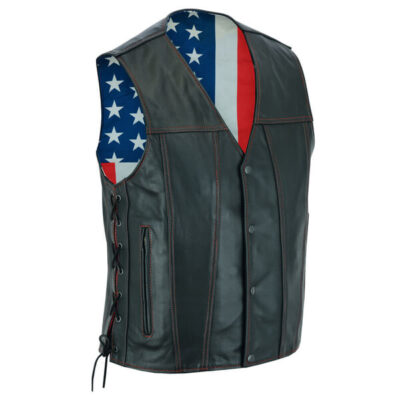
USA Flag Lined Men’s Leather Vest
b. Sizing Charts Decoded
Understanding Sizing Labels
When shopping for Western vests online or in-store, it’s essential to understand the sizing labels and how they correlate to your measurements. Most manufacturers provide sizing charts that outline the chest, waist, and length measurements for each size range, allowing you to select the best fit based on your measurements.
Interpreting Size Ranges
Western vest sizing typically ranges from small to extra-large, with some manufacturers offering additional sizes such as medium-large or XXL for a more precise fit. Each size range corresponds to a specific range of chest and waist measurements, ensuring that individuals can find a size that accommodates their unique proportions.
Comparing Measurements
To determine the right size for your Western vest, compare your measurements to the sizing chart provided by the manufacturer. Pay close attention to both the chest and waist measurements, as well as the length and shoulder width, to ensure a proper fit across all dimensions.
Adjusting for Fit Preferences
Keep in mind that fit preferences may vary depending on personal style and intended use. Some individuals prefer a more tailored fit with a closer silhouette, while others opt for a looser, relaxed fit for added comfort and mobility. Consider your preferences when selecting a size, and don’t hesitate to try different sizes or styles to find the perfect fit.
Understanding Fit Preferences
Achieving the perfect fit in a Western vest is not only about measurements but also understanding fit preferences influenced by contemporary trends and the balance between traditional and modern styles. In this section, we delve into the nuances of fit preferences, exploring contemporary trends and the differences between traditional and modern fits.
a. Contemporary Trends
Slim Fit
In recent years, there has been a growing trend towards slim-fitting Western vests that offer a sleek and modern silhouette. Slim-fit vests are tailored closer to the body, with narrower armholes and tapered waistlines, creating a streamlined look that accentuates the wearer’s physique.
Layering
Another contemporary trend in Western vest fashion is layering, where vests are worn as a stylish and functional layering piece over shirts, sweaters, or even other vests. Layering adds depth and dimension to an outfit, allowing individuals to experiment with different textures, patterns, and colors for a dynamic and personalized look.
Versatility
Contemporary Western vests are designed with versatility in mind, allowing them to transition seamlessly from casual to formal settings. Whether paired with denim jeans for a laid-back vibe or layered over a dress shirt for a polished ensemble, modern Western vests offer endless styling possibilities for every occasion.
b. Traditional vs. Modern Fit
Traditional Fit
Leather Western vests are characterized by a relaxed and roomy fit that harkens back to their rugged roots on the American frontier. These vests typically feature a looser silhouette, with ample room in the chest and waist for ease of movement and comfort.
Classic Details
Traditional Western vests often incorporate classic details such as snap buttons, contrast stitching, and decorative embroidery, paying homage to their heritage and craftsmanship. These timeless elements add character and charm to the vest, evoking nostalgia for the bygone era of cowboys and pioneers.
Modern Fit
On the other hand, modern Western vests offer a more tailored and refined fit that reflects contemporary tastes and preferences. These vests are cut closer to the body, with slimmer proportions and cleaner lines for a sleek and sophisticated look.
Innovative Materials
Modern Western vests may also feature innovative materials and construction techniques, such as stretch fabrics, moisture-wicking properties, and lightweight insulation, enhancing comfort and performance without compromising on style. These advancements cater to the demands of modern lifestyles while maintaining the classic appeal of Western fashion.
Fitting Variations for Men and Women
The fitting of Western vests can vary based on gender, with distinct fit distinctions for men and women. In this section, we explore the gender-specific fit distinctions and unisex fit strategies to ensure that Western vests cater to a diverse range of body types and preferences.
a. Gender-Specific Fit Distinctions
Men’s Fit
Men’s Western vests typically feature a more tailored and structured fit, with broader shoulders and a tapered waistline. These vests are designed to accentuate masculine proportions while providing ample room for movement and comfort.
Women’s Fit
Women’s Western vests often incorporate feminine details such as darts, princess seams, and contoured shaping to enhance the natural curves of the body. These vests may feature a more fitted silhouette and narrower shoulders to accommodate the female physique.
b. Unisex Fit Strategies
Adjustable Features
Many Western vests incorporate adjustable features such as back straps, cinch tabs, and side laces to accommodate a wide range of body types and preferences. These adjustable features allow individuals to customize the fit of the vest to their unique proportions, ensuring maximum comfort and versatility.
Neutral Styling
Some Western vests feature neutral styling and unisex designs that appeal to individuals of all genders. These vests typically have a relaxed fit and minimalist aesthetic, allowing them to be worn by anyone regardless of gender identity or expression.
Size Inclusivity
To ensure that Western vests cater to a diverse range of body types, manufacturers may offer extended sizing options and size inclusivity. This ensures that individuals of all shapes and sizes can find a vest that fits comfortably and flatters their physique, regardless of gender.
Men’s Side Lace Western Leather Vest
Common Fit Issues and Solutions
Ensuring the perfect fit of a Western vest involves addressing common fit issues such as tightness and restriction, as well as concerns related to loose and baggy fit. In this section, we explore these issues and provide practical solutions to achieve a comfortable and flattering fit.
a. Tightness and Restriction
Identifying Tightness
Tightness and restriction in a Western vest can occur when the garment is too small or lacks adequate room for movement. Signs of tightness include difficulty buttoning the vest, pulling or stretching of the fabric across the chest or shoulders, and restricted range of motion.
Solutions
Opt for a Larger Size
If experiencing tightness in a Western vest, consider sizing up to a larger size to allow for more room and comfort. A larger size will provide a better fit and prevent the garment from feeling constricting or restrictive, allowing for ease of movement and enhanced comfort.
Choose Stretch Fabrics
Selecting Western vests made from stretch fabrics such as cotton blends or elastane can alleviate tightness and improve overall comfort. These fabrics offer added flexibility and stretchiness, allowing the vest to move with the body without feeling restrictive or binding.
b. Loose and Baggy Concerns
Identifying Loose Fit
A loose and baggy fit in a Western vest can occur when the garment is too large or lacks structure and shape. Signs of a loose fit include excess fabric around the chest and waist, sagging or drooping of the vest, and an overall lack of definition in the silhouette.
Solutions
Tailoring Adjustments
If experiencing a loose fit in a Western vest, consider having the garment tailored to achieve a more customized fit. Tailoring adjustments such as taking in the sides, shortening the length, or adding darts can help eliminate excess fabric and create a more flattering silhouette.
Layering Techniques
Utilizing layering techniques can also help mitigate the appearance of a loose and baggy fit in a Western vest. Pairing the vest with fitted clothing such as a shirt or sweater can create a more streamlined look, while adding accessories such as belts or scarves can cinch the waist and add definition to the silhouette.
Styling Tips for Perfect Fit
Achieving the perfect fit in a Western vest is only half the battle; styling plays a crucial role in enhancing the overall look and silhouette. In this section, we explore layering techniques and provide tips for matching Western vests with attire to ensure a stylish and polished ensemble.
a. Layering Techniques
Adding Depth and Dimension
Layering is an excellent way to add depth and dimension to a Western vest ensemble, creating a versatile and dynamic look. By layering the vest over other garments such as shirts, sweaters, or even other vests, individuals can experiment with different textures, patterns, and colors for a personalized and unique style.
Pairing with Shirts
One of the most popular layering techniques for Western vests is pairing them with shirts of varying styles and fabrics. For a classic look, pair the vest with a crisp, button-down shirt in a complementary color or pattern. For a more casual vibe, opt for a soft, flannel shirt or a lightweight cotton tee.
Experimenting with Sweaters
In cooler weather, layering the Western vest over a sweater adds warmth and texture to the ensemble. Choose a sweater in a contrasting color or texture to create visual interest or opt for a matching sweater for a coordinated look. Consider different sweater styles such as crewneck, V-neck, or cardigan for added versatility.
b. Matching with Attire
Coordinating Colors and Patterns
When matching a Western vest with attire, consider coordinating colors and patterns for a cohesive and polished look. Choose shirts, pants, and accessories that complement the color and style of the vest, creating a harmonious ensemble that exudes sophistication and style.
Mixing Textures
Mixing textures is another effective way to elevate the look of a Western vest ensemble. Pair the vest with garments in contrasting textures such as denim, leather, or suede for added visual interest and depth. Experiment with different fabric weights and finishes to create a rich and tactile ensemble.
Accessorizing Thoughtfully
Accessorizing can enhance the overall look of a Western vest ensemble, adding personality and flair to the outfit. Consider adding accessories such as belts, hats, boots, and jewelry that complement the style of the vest and add a touch of individuality to the ensemble.
Conclusion
In summary, achieving the ideal fit for a Western vest involves careful measurements, fabric selection, and styling techniques. From assessing shoulder width to considering waist adjustments, each step contributes to a comfortable and flattering silhouette. By addressing common fit issues and experimenting with layering and coordination, individuals can personalize their look while embracing the timeless appeal of Western fashion. Explore our collection for vests that combine quality, comfort, and style, perfect for elevating any wardrobe.
